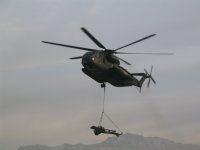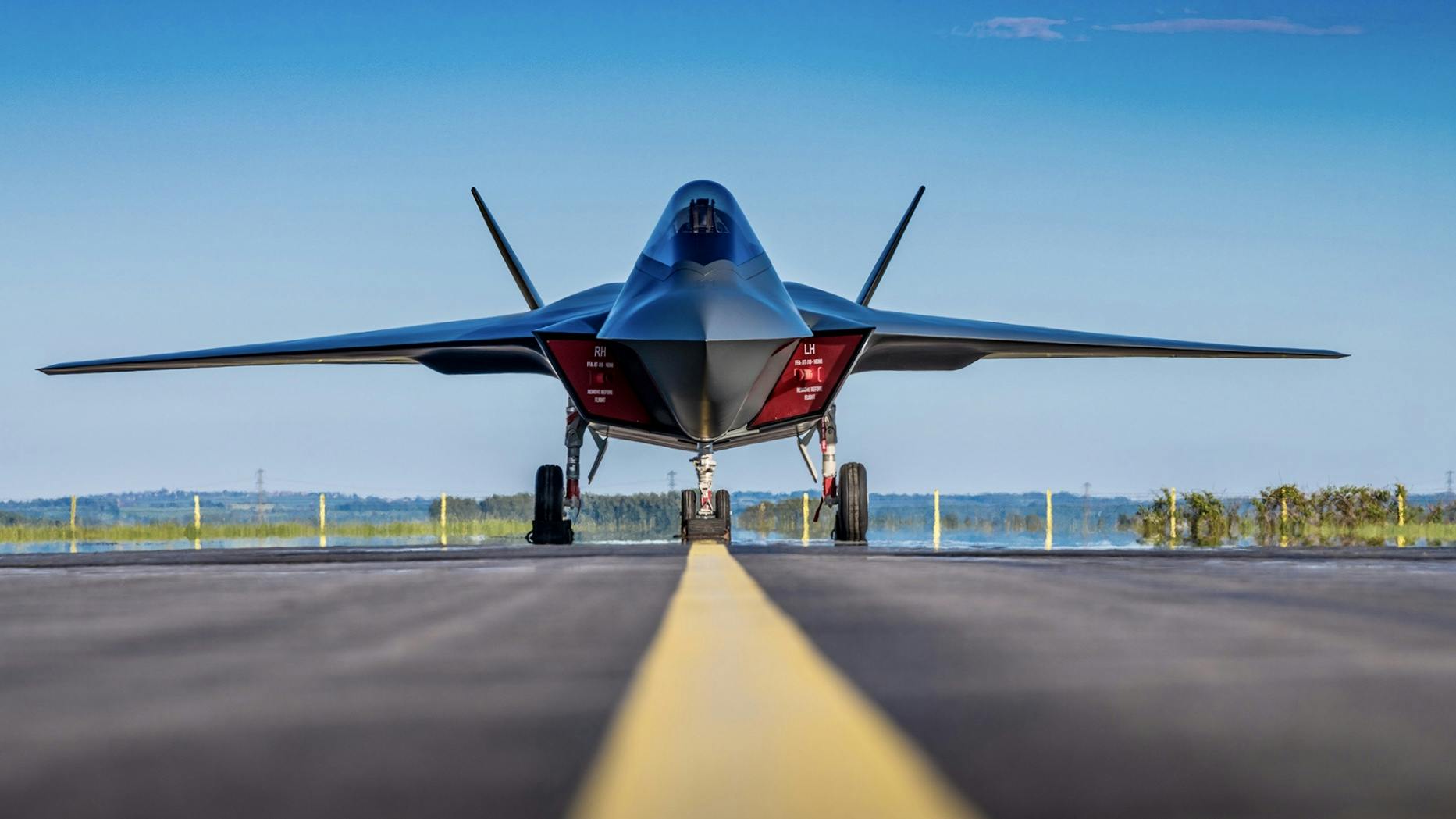We don't use
or produce precision munitions with the M777. Just the M107 HE, M485A2 ILL and MR103 trainer.
But the Americans
have developed a new 105mm round, the M1130E1, that combines the M1, M760, M927 and M1130 rounds (we currently use the M1 HE round).
We had precision munitions for the M777 for use in Afghanistan right from the start but used them rarely. The go to round favoured by the infantry for precision work were things launched from Predators.
Even with more significant though is that the M777 is a fairly precise gun even with ordinary munitions. Much more precise than for the same ammo fired from our M109A4+.
It's more mobile, faster to emplace and displace and fires faster. Some situations call for the range of a 155, some call for greater mobility only offered by a 105. Hence why we used the LG1 in Afghanistan even after adopting the M777.
And reportedly, American gunners prefer the M119A3 over the M777 for that exact reason: it's lighter, faster, more mobile and easier to adjust azimuth.
The issue isn't whether gunners like the M119 more than the M777 but a) what is the desired effect on the ground, and b) does the weapon delivery system match the mobility requirements of the supported arm.
One of the typical uses of the M777 was to deliver a punch strong enough to blow down grape drying huts. 105 mm rounds used by the Brits did not have the same ability to pulverize the surprisingly strong structures that were typical in Afghanistan.
Range is another strong point for the 155mm. It outshoots the 105 mm requiring less need to redeploy in an environment like Afghanistan where any road move was fraught with risk.
There are some advantages to 105mm - easier air portability; significantly easier ammunition resupply and handling being chief amongst them
My bright line is survivability in a high intensity conflict. Afghanistan can teach many false lessons if one tries to apply them universally. Self propelled 155mm guns (either tracked or wheeled) with armoured cabs, long range and automated loaders have a much higher chance of survivability and effectiveness than any 105 mm in existence. On the other hand you can't Heli lift it. The key is being able to predict where you are going to need the guns and then buy and train accordingly.
Griffon should ever have been acquired in the first place - but it touches back to my point on it doesn't matter for 105mm v 155mm for lift - as a Hook needs to do it anyway.
Absolutely on both counts. We had L5s and C1s in the early 1970s (yup - in the Reg F). We did tons of airmobile stuff and the L5 was fine with Hueys but with the C1 we needed the Voyageurs (which for you young pups is like a Chinook only lighter with less lift)
*as for what gun line folks like -- of course they will like the lighter ammo, easier to maneuver gun - but I don't see anyone saying bring back the 75mm Pack How - or worse the old E Bty 105mm Spaghetti Gun - sure they where light - but at what sacrifice to down range capability?
My experience generally was the gun loved the most by our gunners was the M109. It was hard work but it was a piece of kit you were proud to work on. It was certainly my favourite gun by far (but then I never served in an M777 battery - so can't compare it other than theoretically)
I fired both the 75 and the L5. The 75mm pack howitzer for direct action shoots on avalanche control at Rogers Pass and the L5 - well pretty much for everything else. I wouldn't give the 75mm to anyone for any purpose. I won't bad mouth the L5. It was absolutely great for what it was designed for - hauling up into mountains on muleback and firing off tiny and unstable gun platforms. Range was not one of its attributes albeit the round it delivered was exactly the same as every other 105 mm round.
Quite frankly if you are looking for a light pack howitzer for air mobile and airborne use in extreme terrain you could do a lot worse than an L5.
Back in my 30th Field days
Do you go back as far as Colin Marmo?





